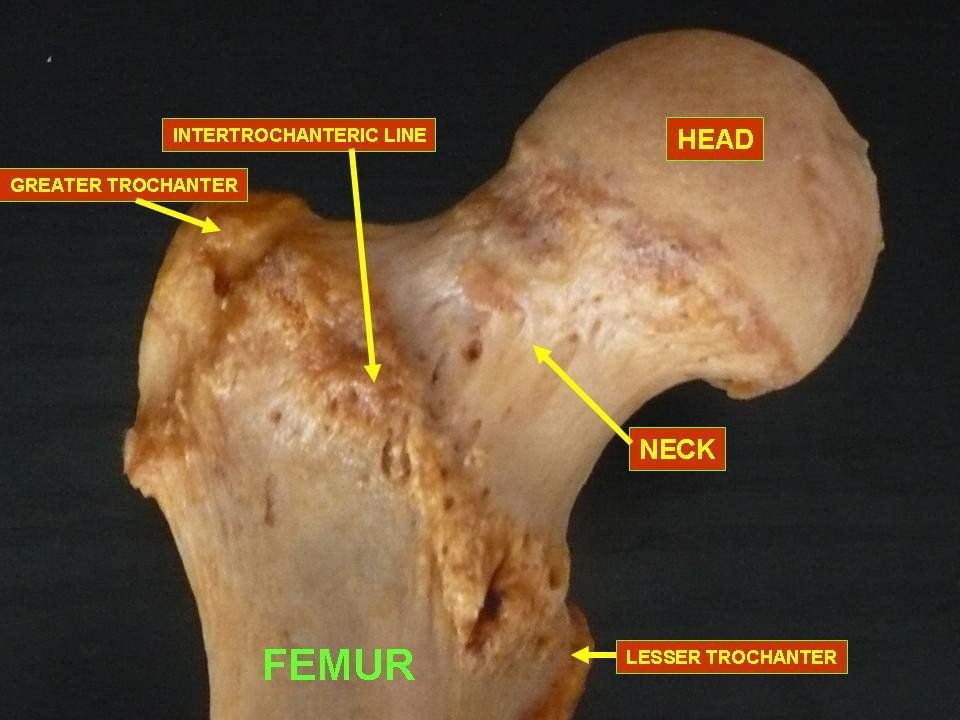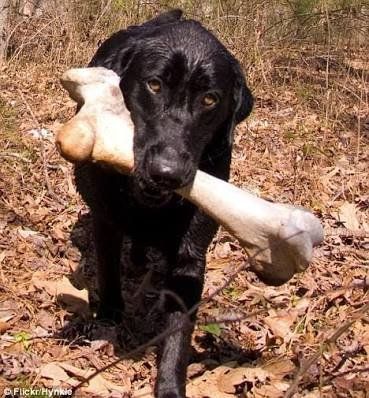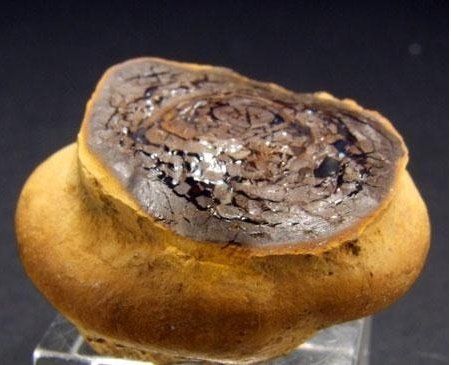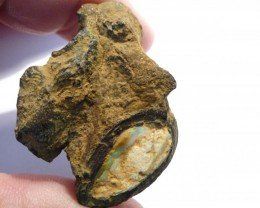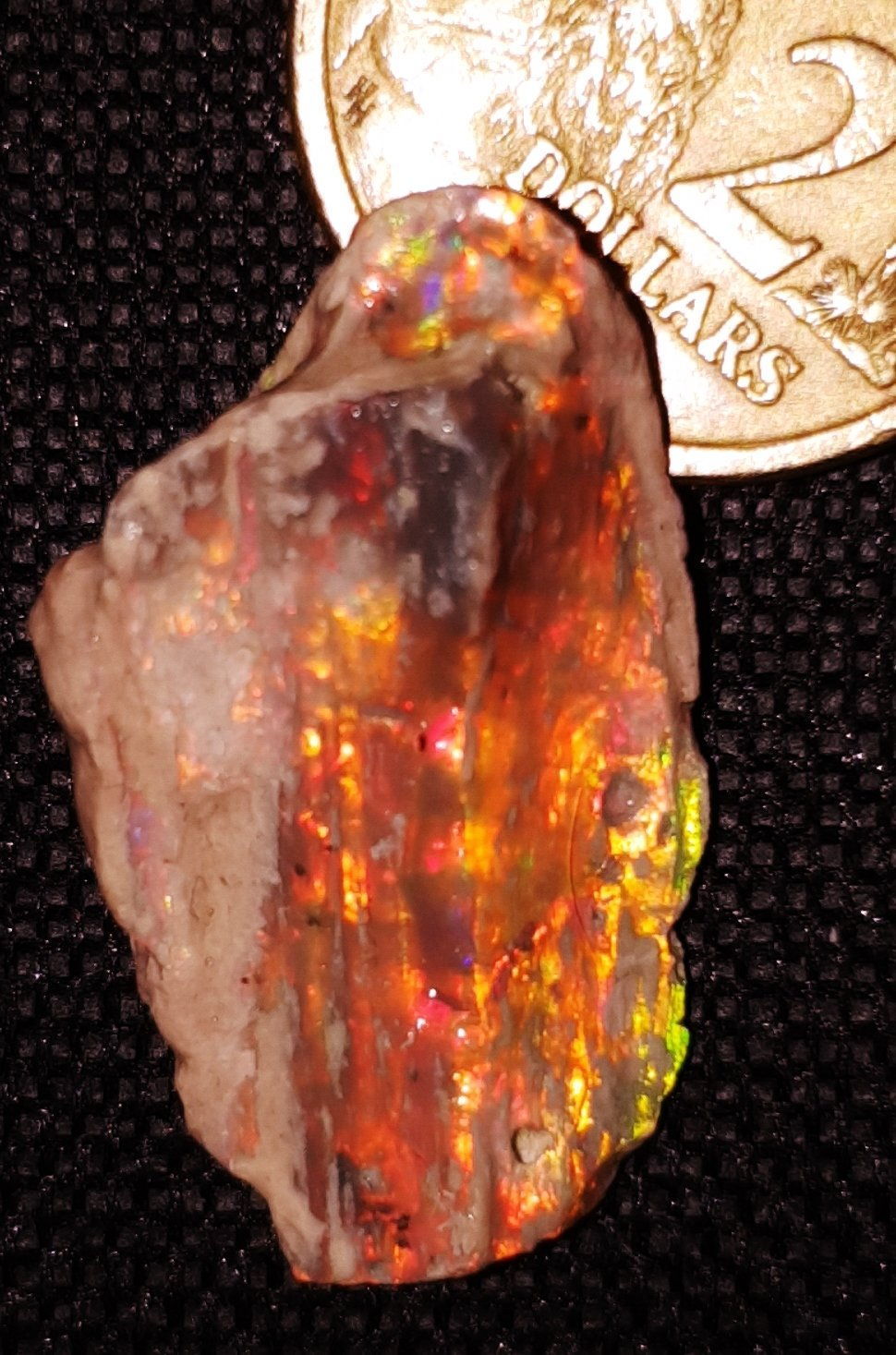Very hard to tell, even from your very good photos. To my eye, it has a "bone-y" look to it, but I'd be guessing.
The hard white outer casing looks like a kind of host rock known colloquially as "dog stones" which sometimes contain precious opal. More often, they are just hard, white lumps. Unfortunately, as you can see from the chip which reveals the interior, yours appears to be filled with (or made up of) black potch. Were you told which field it was from? If you wet the piece and look at it under magnification, can you see any fine lines (like capillaries) showing colour, even weak blue? If so, there's a chance that it might contain a bar or two of colour within the black potch.
When I was buying opal from the Black Opal Motel there around 1994, a breathlessly excited young miner showed me a dog stone slightly larger than a cricket ball which had been split open somewhat haphazardly. The hard outer white casing was about 15mm thick. The rest was opal, inside. I don't remember if it was hit by a pick, or what. The interior showed 3 gem bars in jet-black potch --- one red, one mossy-pattern orange-green, the other green. From memory, I offered him 30K for it in the rough, but he had just found it that day and wanted to show his wife. I never saw him again.
Do you live near, or visit, Lightning Ridge? I suggest you take it to the AOC there (Google location). If that's not possible, send your pics to them via email (Attention: Liz Smith or Jenni Brammall) and they might be able to identify it. If it's a bone, I'm sure it would be of considerable Scientific interest. Good luck!
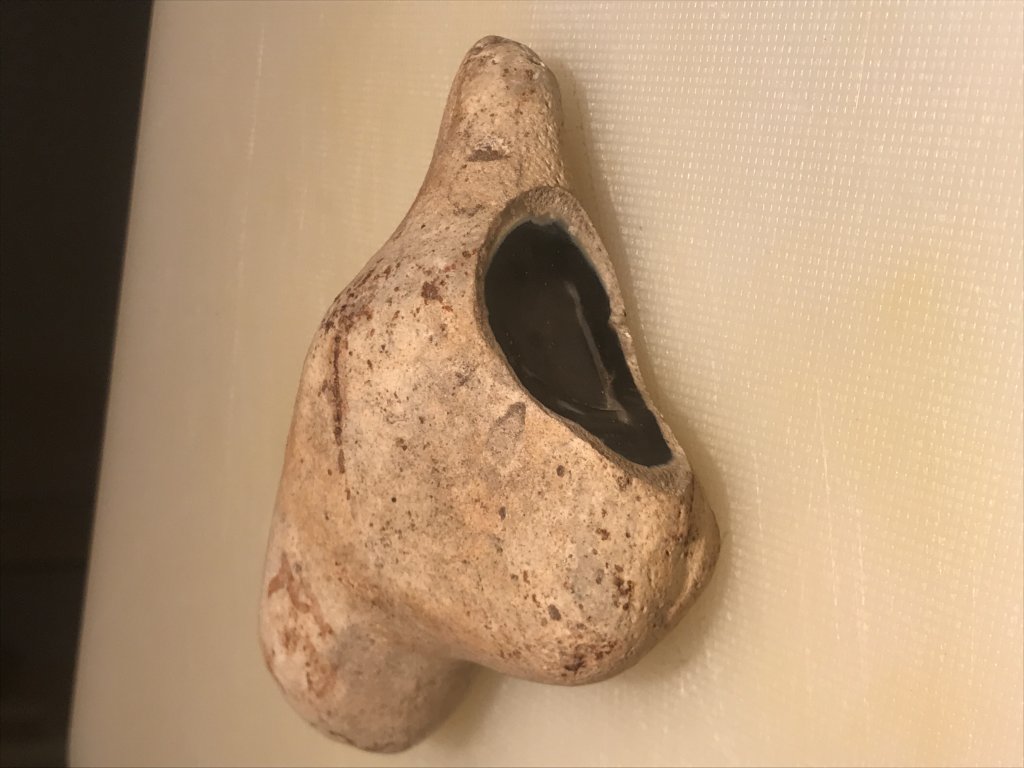
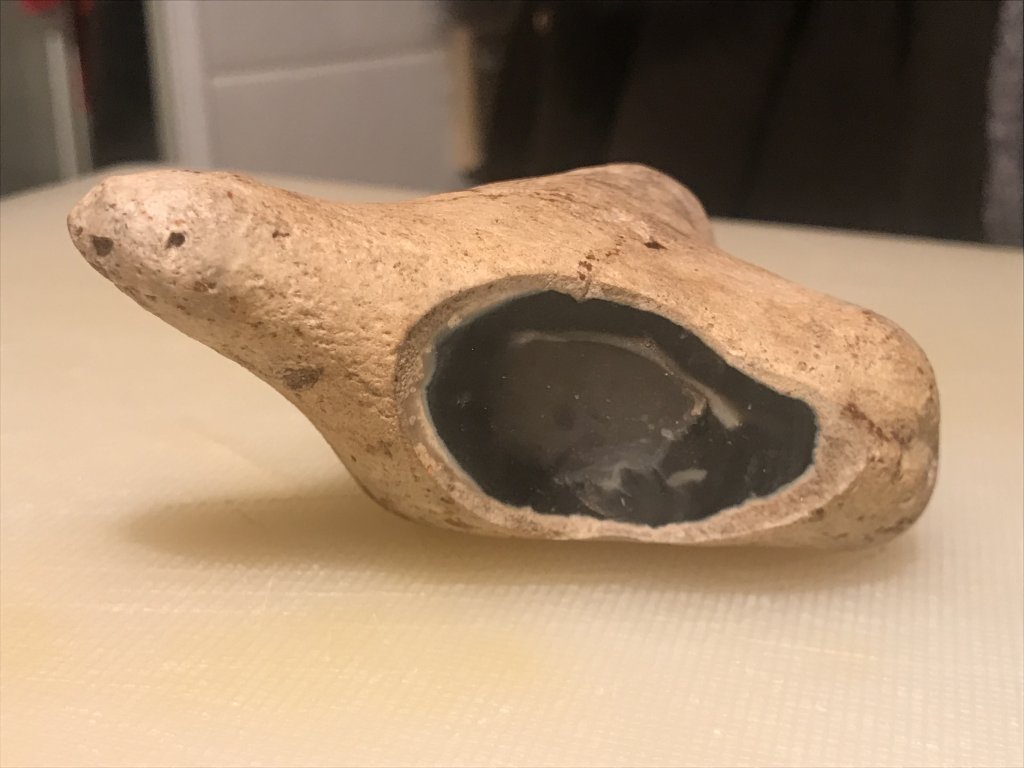
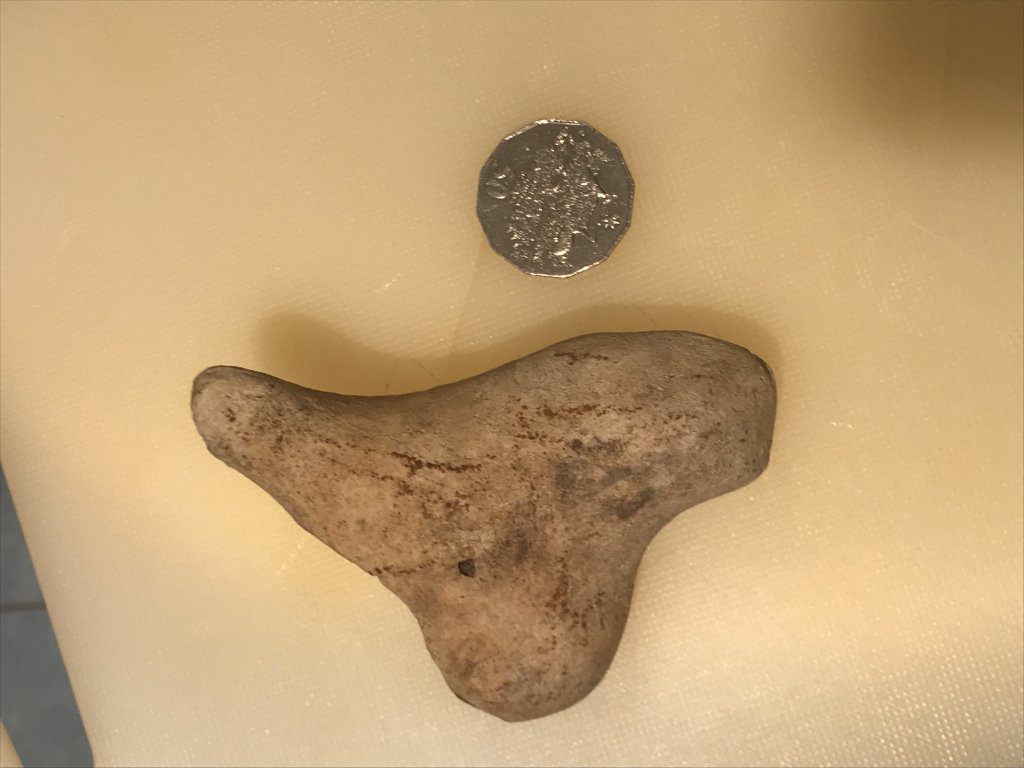
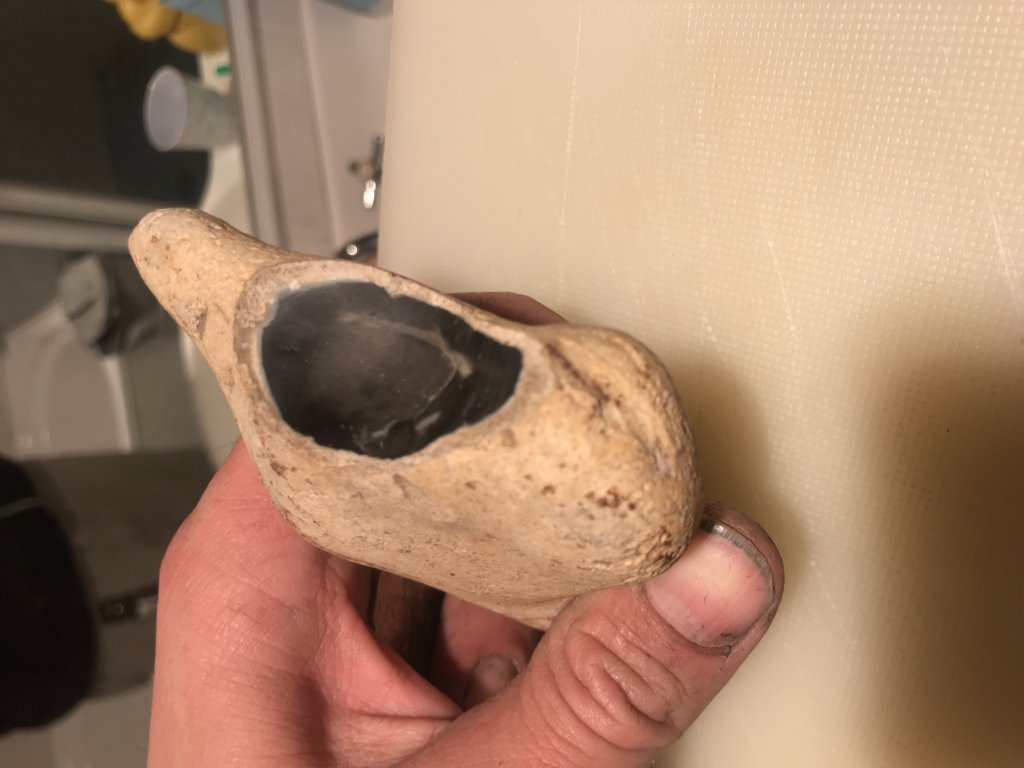 Bloke I got it from said:
Bloke I got it from said:







